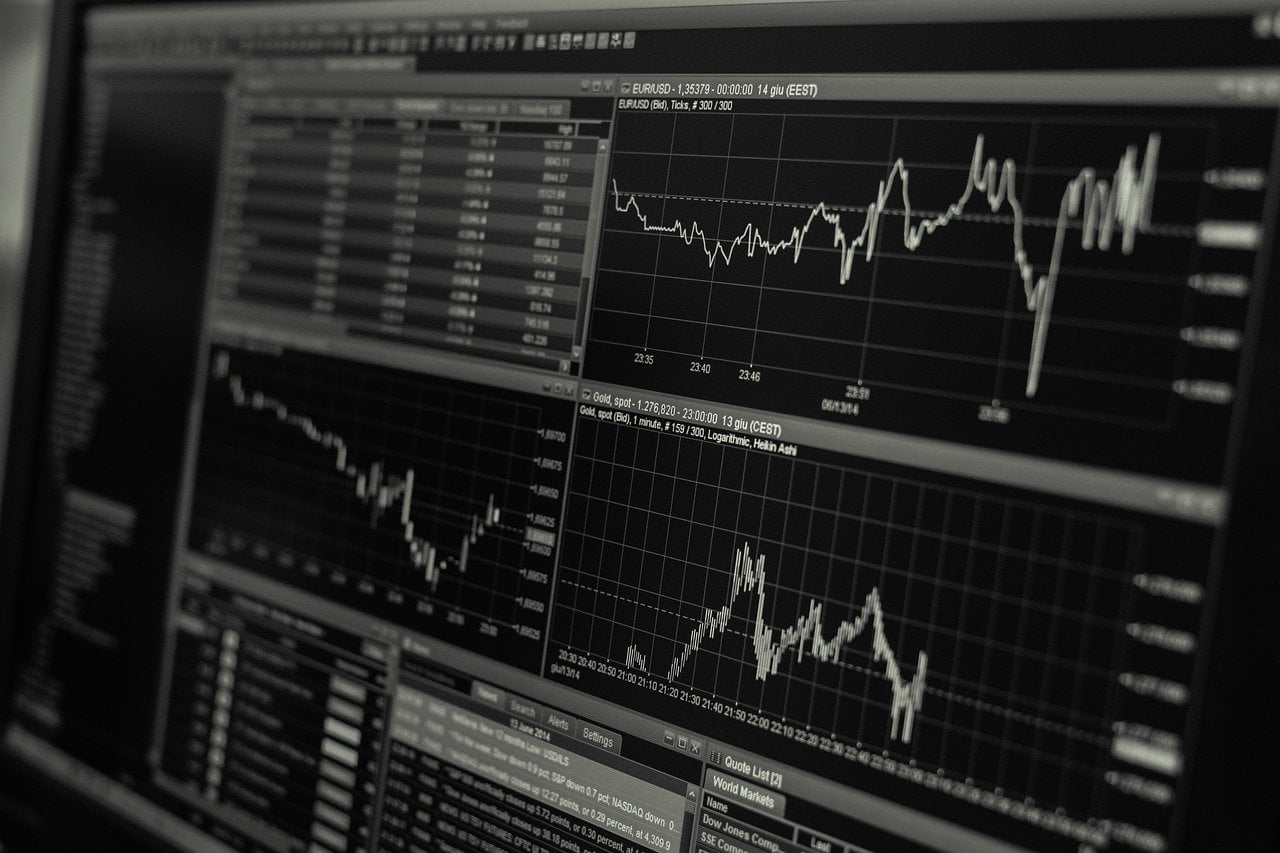In his Daily Market Notes report to investors, while commenting on the fed kicking the tapering can, Louis Navellier wrote:
Q2 2021 hedge fund letters, conferences and more
As we close August, the stock market has been surprisingly strong, despite relatively low volume, but our friends at Bespoke Investment Group reported last week that the S&P 500 ETF (SPY), in the past year surged 79.8% more on trading days with below average volume than on trading days with above average volume. This may explain why the market has done so well in August – a light month for trading volume.
Fed Kicks The Tapering Can
In his speech on Friday, Fed Chairman Jerome Powell stressed that inflationary pressures are cooling and getting closer to the Fed’s 2% target rate. In his best Fedspeak, Chairman Powell also acknowledged that some inflation is a “cause for concern” and implied that higher prices could be more permanent than he expected. He also cited the impressive payroll growth despite the rise of the Covid-19 Delta variant risk.
Furthermore, Powell implied that a major monetary move now could be “ill-timed,” avoiding any specific reference to timing, leaving any further clarification for the Fed’s upcoming Open Market Committee (FOMC) meeting in late September. Overall, Powell kicked any tapering announcement down the road.
I expect that growth stocks will remain our oasis in the political chaos rippling around the world. Money has to go somewhere and due to the ultra-low interest rate environment, millions of new investors are turning to the stock market, seeking higher yields. Furthermore, when governments become ineffective, which seems to be happening more lately, the private sector takes over and prosperity often tends to soar!
“Mixed” economic news is giving the Fed a reason to delay tapering. The National Association of Realtors announced that existing home sales rose 2% in July but the Commerce Department also announced that durable goods orders decreased 0.1% in July while Labor Department on Thursday announced that new jobless claims rose to 353,000 in the latest week.
Meanwhile, the GDP second quarter estimate was revised upward to 6.6%, while the trade deficit declined 6.2% in July. When you add all the conflicting signals up, they provide perfect cover for the Fed to kick the can down the road.
Marine Shipping
I’m bullish on marine shipping. Global infrastructure spending is pushing up demand for dry bulk shipping of commodities, while the supply of ships remains constant, pushing daily shipping lease rates through the roof. To capitalize on dry bulk shipping I like Sea Bulk (SBLK). Investors can also play dry bulk shipping with the Breakwave Dry Bulk Shipping ETF (BDRY) which is up an eye popping 260% so far this year. BDRY buys shipping contract futures.
For container shipping, which is linked to consumer goods, I like Danaos (DAK) which is benefitting from growth in shipping container rates. Investors can also play the container market with Textainer Group, which owns and manages a fleet of more than 4 million containers.
Navellier & Associates owns Danaos Corporation (DAC) in managed accounts.
Powell Put
Jerome Powell has been signaling his own desire to serve a second term.
I think he’s met the tests of the position by handling several crises with swift action in order to contain them. Philosophically, I do not like to see such extreme intervention in financial markets to the point that it renders market signals meaningless, but I suppose he felt that he didn’t have a choice.
Ben Bernanke’s interventions were significantly more extreme than Greenspan’s, but Jerome Powell makes Ben Bernanke look quite modest with the speed and magnitude of his own intervention. This is why the 2020 shock – easily twice as bad an economic shock as 2008 – was met with half the damage in bond and stock markets, and it was much more short-lived. It is fair to say that the “Greenspan Put” was followed by an even-bigger Bernanke Put and ultimately an even-bigger Powell Put.
Market Fact:
The S&P 500 has posted at least one new closing high every week since the week of June 7, 2021, 13 weeks in a row. The year with the most closing highs, at 77, was in 1995. The years 1964 and 2017 are tied for second with 62 closing highs. Source: S&P Dow Jones Indices.






